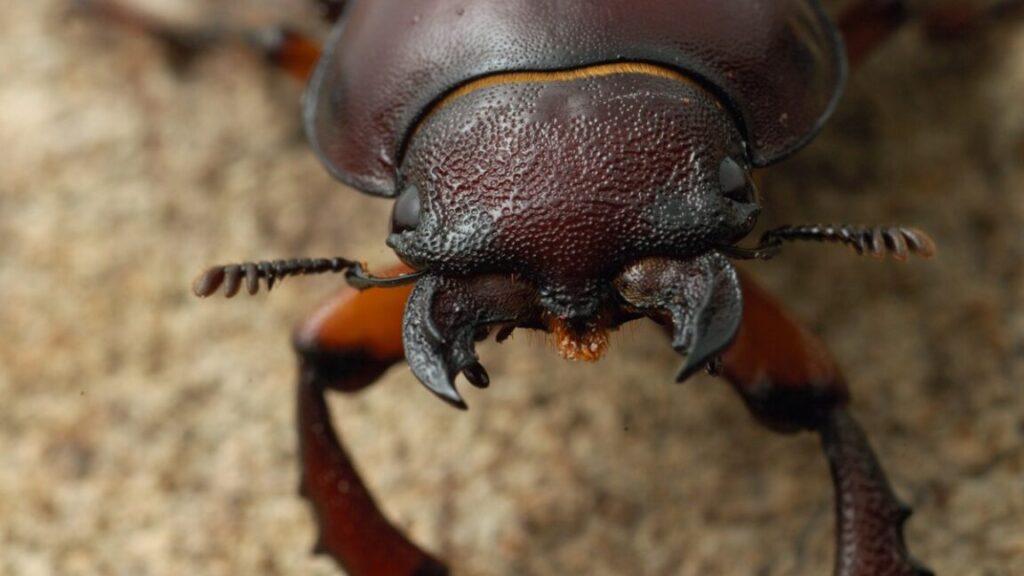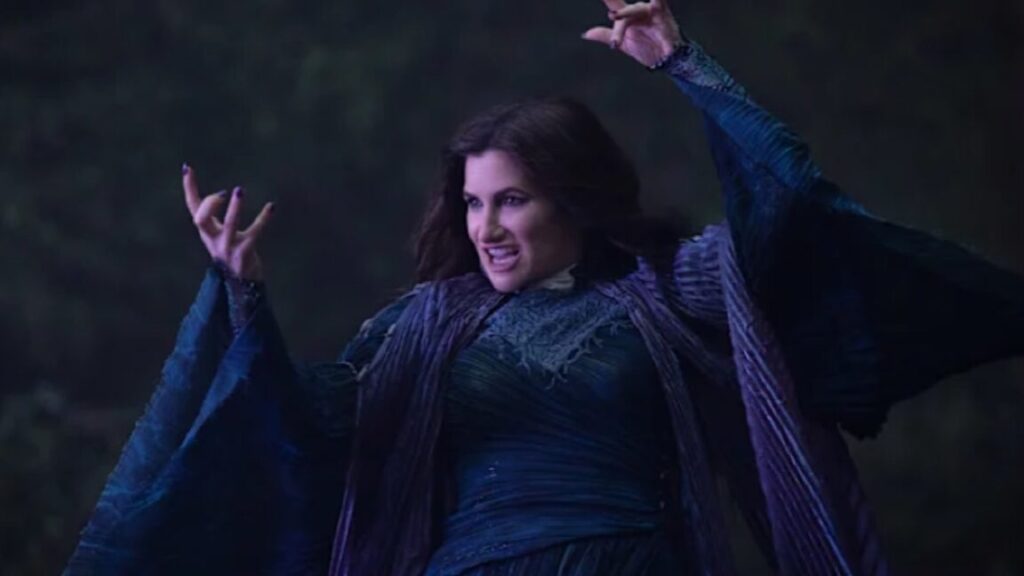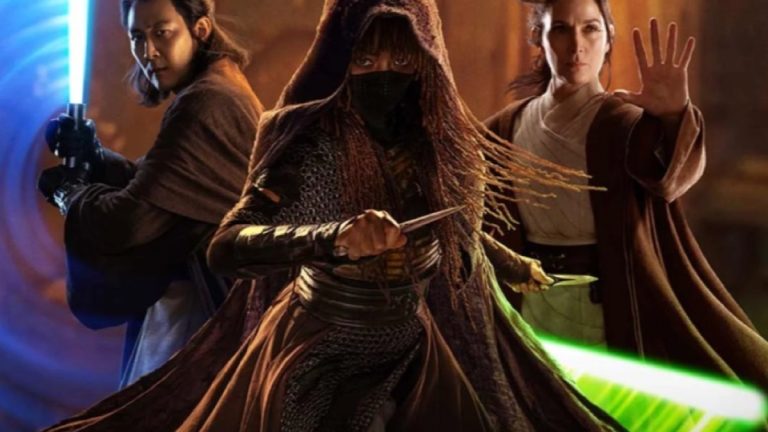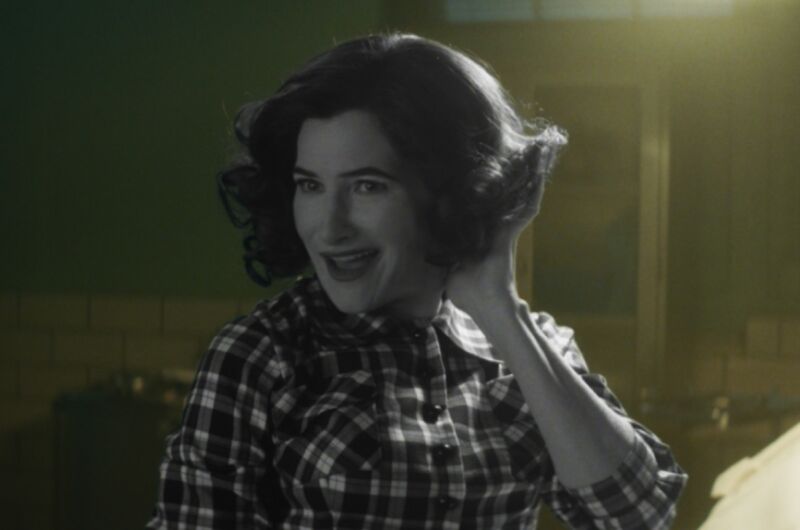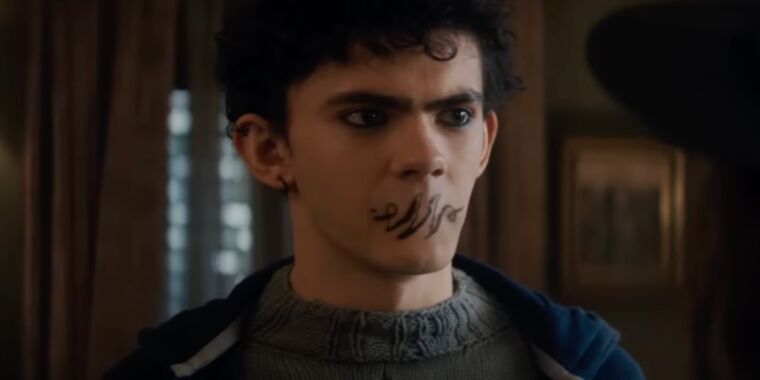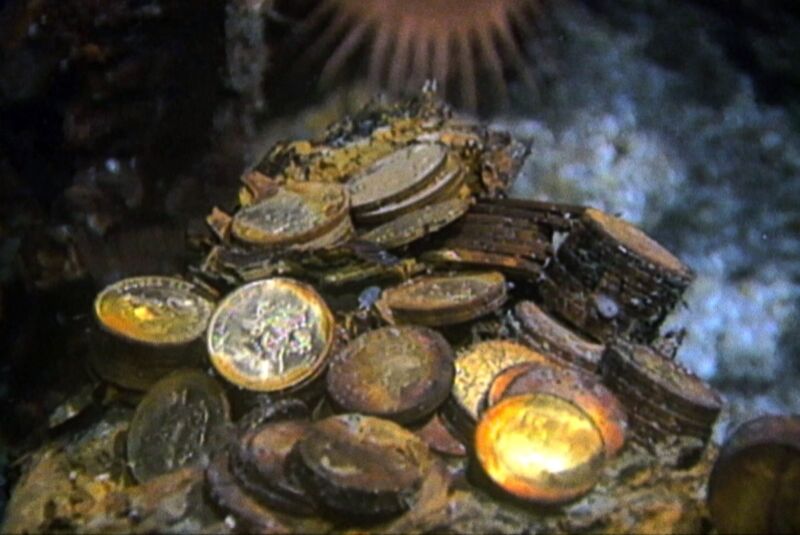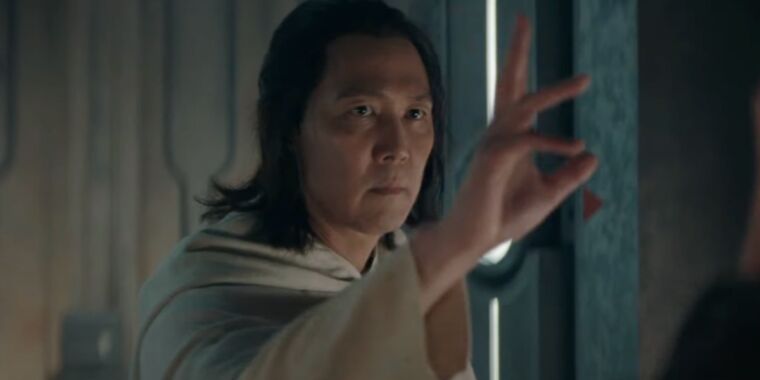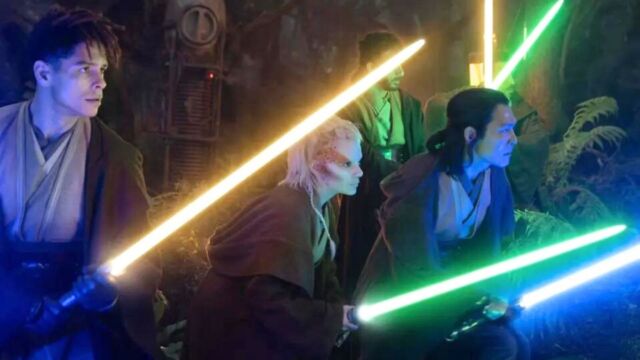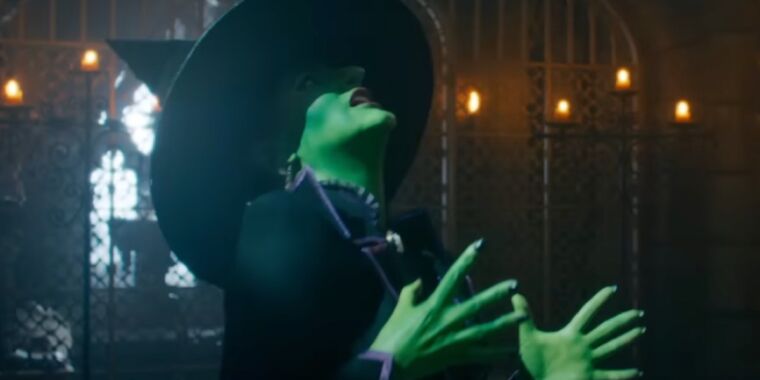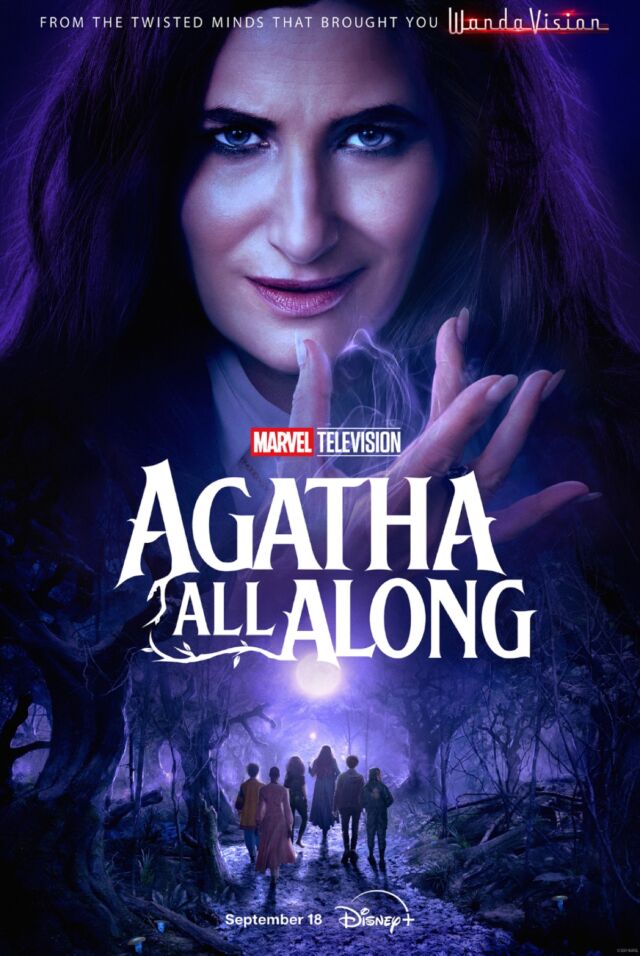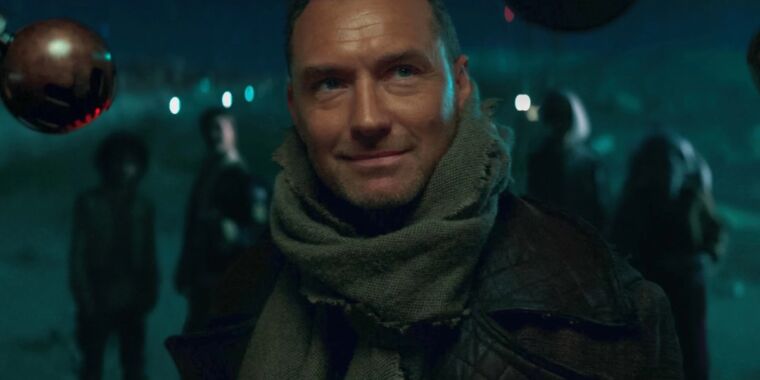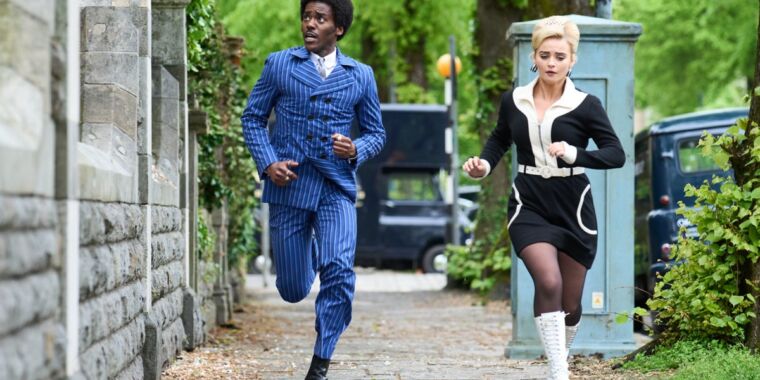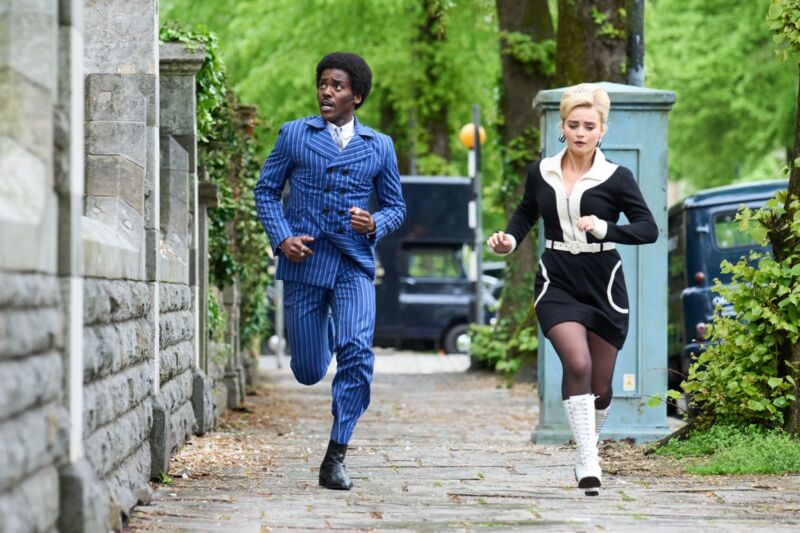Up close and personal with the stag beetle in A Real Bug’s Life S2
It’s just one of the many fascinating insect species featured in the second season of this NatGeo docuseries.
A female giant stag beetle Credit: National Geographic/Darlyne A. Murawski
A plucky male American stag beetle thinks he’s found a mate on a rotting old tree stump—and then realizes there’s another male eager to make the same conquest. The two beetles face off in battle, until the first manages to get enough leverage to toss his romantic rival off the stump in a deft display of insect jujitsu. It’s the first time this mating behavior has been captured on film, and the stag beetle is just one of the many fascinating insects featured in the second season of A Real Bug’s Life, a National Geographic docuseries narrated by Awkwafina.
The genesis for the docuseries lies in a past rumored sequel to Pixar’s 1998 animated film A Bug’s Life, which celebrated its 25th anniversary two years ago. That inspired producer Bill Markham, among others, to pitch a documentary series on a real bug’s life to National Geographic. “It was the quickest commission ever,” Markham told Ars last year. “It was such a good idea, to film bugs in an entertaining family way with Pixar sensibilities.” And thanks to the advent of new technologies—photogrammetry, probe and microscope lenses, racing drones, ultra-high-speed camera—plus a handful of skilled “bug wranglers,” the team was able to capture the bug’s-eye view of the world beautifully.
As with the Pixar film, the bugs (and adjacent creatures) are the main characters here, from cockroaches, monarch butterflies, and praying mantises to bees, spiders, and even hermit crabs. The 10 episodes, across two seasons, tell their stories as they struggle to survive in their respective habitats, capturing entire ecosystems in the process: city streets, a farm, the rainforest, a Texas backyard, and the African savannah, for example. Highlights from S1 included the first footage of cockroach egg casings hatching; wrangling army ants on location in a Costa Rica rainforest; and the harrowing adventures of a tiny jumping spider navigating the mean streets of New York City.
Looking for love
A luna moth perched on a twig. National Geographic/Nathan Small
S2 takes viewers to Malaysia’s tropical beaches, the wetlands of Derbyshire in England, and the forests of Tennessee’s Smoky Mountains. Among the footage highlights: Malaysian tiger beetles, who can run so fast they temporarily are unable to see; a young female hermit crab’s hunt for a bigger shell; and tiny peacock spiders hatching Down Under. There is also a special behind-the-scenes look for those viewers keen to learn more about how the episodes were filmed, involving 130 different species across six continents. Per the official synopsis:
A Real Bug’s Life is back for a thrilling second season that’s bolder than ever. Now, thanks to new cutting-edge filming technology, we are able to follow the incredible stories of the tiny heroes living in this hidden world, from the fast-legged tiger beetle escaping the heat of Borneo’s beaches to the magical metamorphosis of a damselfly on a British pond to the Smoky Mountain luna moth whose quest is to grow wings, find love and pass on his genes all in one short night. Join our witty guide, Awkwafina, on new bug journeys full of more mind-blowing behaviors and larger-than-life characters.
Entomologist Michael Carr, an environmental compliance officer for Santa Fe County in New Mexico, served as a field consultant for the “Love in the Forest” episode, which focuses on the hunt for mates by a luna moth, a firefly, and an American stag beetle. The latter species is Carr’s specialty, ever since he worked at the Smithsonian’s Museum of Natural History and realized the beetles flourished near where he grew up in Virginia. Since stag beetles are something of a niche species, NatGeo naturally tapped Carr as its field expert to help them find and film the insects in the Smoky Mountains. To do so, Carr set up a mercury vapor lamp on a tripod—”old style warehouse lights that take a little time to charge up,” which just happen to emit frequencies of light that attract different insect species.
Behind the scenes
Beetle expert Michael Carr and shooting researcher Katherine Hannaford film a stag beetle at night. National Geographic/Tom Oldridge
Stag beetles are saprocylic insects, according to Carr, so they seek out decaying wood and fungal communities. Males can fly as high as 30 feet to reach tree canopies, while the females can dig down to between 1 and 3 meters to lay their eggs in wood. Much of the stag beetle’s lifecycle is spent underground as a white grub molting into larger and larger forms before hatching in two to three years during the summer. Once their exoskeletons harden, they fly off to find mates and reproduce as quickly as possible. And if another male happens to get in their way, they’re quite prepared to do battle to win at love.
Stag beetles might be his specialty, but Carr found the fireflies also featured in that episode to be a particular highlight. “I grew up in rural Virginia,” Carr told Ars. “There was always fireflies, but I’d never seen anything like that until I was there on site. I did not realize, even though I’d grown up in the woods surrounded by fireflies, that, ‘Oh, the ones that are twinkling at the top, that’s one species. The ones in the middle that are doing a soft glow, that’s a different species.'”
And Carr was as surprised and fascinated as any newbie to learn about the “femme fatale” firefly: a species in which the female mimics the blinking patterns of other species of firefly, luring unsuspecting males to their deaths. The footage captured by the NatGeo crew includes a hair-raising segment where this femme fatale opts not to wait for her prey to come to her. A tasty male firefly has been caught in a spider’s web, and our daring, hungry lady flies right into the web to steal the prey:
A femme fatale firefly steals prey from a rival spider’s web.
Many people have a natural aversion to insects; Carr hopes that inventive docuseries like A Real Bug’s Life can help counter those negative perceptions by featuring some lesser-loved insects in anthropomorphized narratives—like the cockroaches and fire ants featured in S1. “[The series] did an amazing job of showing how something at that scale lives its life, and how that’s almost got a parallel to how we can live our life,” he said. “When you can get your mindset down to such a small scale and not just see them as moving dots on the ground and you see their eyes and you see how they move and how they behave and how they interact with each other, you get a little bit more appreciation for ants as a living organism.”
“By showcasing some of the bigger interesting insects like the femme fatale firefly or the big chivalrous stag beetle fighting over each other, or the dung beetle getting stomped by an elephant—those are some pretty amazing just examples of the biodiversity and breadth of insect life,” said Carr. “People don’t need to love insects. If they can, just, have some new modicum of respect, that’s good enough to change perspectives.”
The second season of A Real Bug’s Life premieres on January 15, 2025, on Disney+.
Jennifer is a senior writer at Ars Technica with a particular focus on where science meets culture, covering everything from physics and related interdisciplinary topics to her favorite films and TV series. Jennifer lives in Baltimore with her spouse, physicist Sean M. Carroll, and their two cats, Ariel and Caliban.
Up close and personal with the stag beetle in A Real Bug’s Life S2 Read More »
